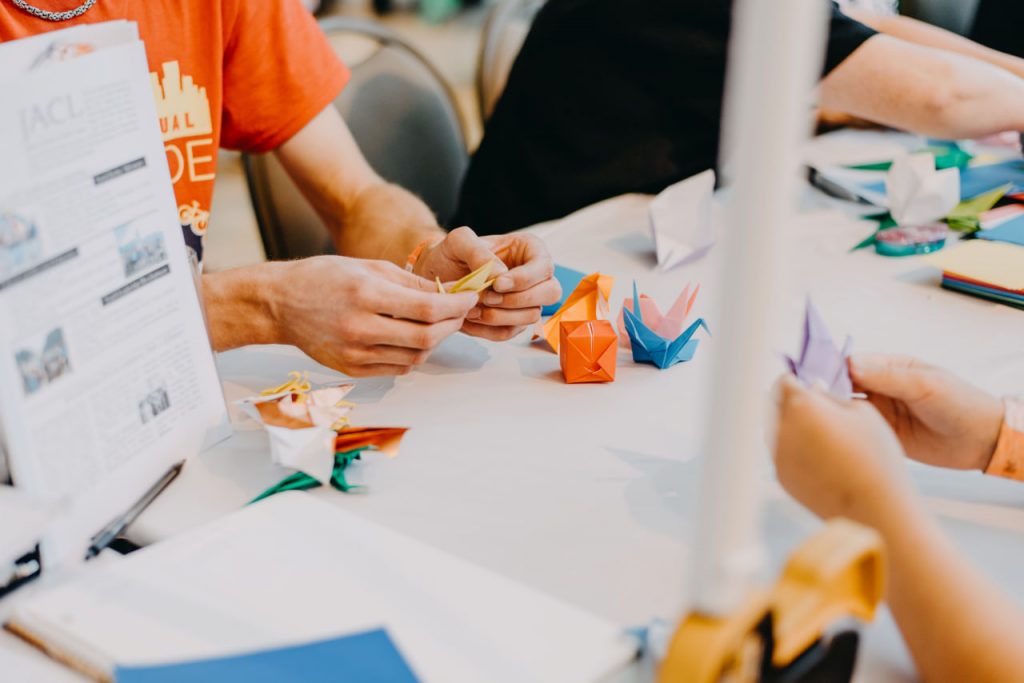Origami, the art of paper folding, has a long and fascinating history that stretches back over a thousand years. While it is widely known and loved today as a hobby, origami’s roots are deeply embedded in cultural, ceremonial, and spiritual traditions. In this article, we will explore the rich history of origami, tracing its origins, evolution, and the ways it has influenced art and culture across the world.
1. The Origins of Origami in Ancient Japan
The origins of origami can be traced to ancient Japan, where paper itself was a rare and valuable material. Paper was introduced to Japan from China in the 6th century, and it quickly became a symbol of status and refinement. Early forms of origami were used in religious ceremonies and rituals, as well as in the packaging and presentation of gifts.
- Religious and Ceremonial Use: In ancient Japan, origami was used in Shinto rituals, such as offering paper representations of animals or objects to the gods. It was also used for ceremonial purposes during weddings and other significant life events, symbolizing purity and the connection between humans and the divine.
- Symbolism of Paper: Paper was seen as sacred, and the act of folding it was thought to imbue the paper with meaning. Over time, origami techniques were refined, and new forms began to emerge, including simple models like cranes, which became widely known as symbols of peace and longevity.
2. The Spread of Origami Beyond Japan
As Japan’s cultural influence spread throughout the world, so did origami. By the 17th century, origami had spread to Europe, where it was embraced by artists and craftsmen who saw the potential for paper folding as an art form.
- Europe and the Development of New Forms: In the 18th and 19th centuries, origami gained popularity in Europe, especially in countries like France and Spain. During this time, origami began to evolve into a more structured and artistic craft, with new techniques and designs being created.
- The Influence of Western Craftsmanship: European artists and educators began to incorporate origami into their own creative practices, adding new ideas and materials, such as colored paper and patterned designs. This fusion of Eastern and Western techniques led to the development of new origami traditions, including the more modern art forms we see today.
3. The 20th Century and the Rise of Modern Origami
While origami had always been practiced as a traditional craft, it wasn’t until the 20th century that it began to be recognized as a legitimate form of modern art. The pivotal moment in the history of origami came in the 1950s when a Japanese origami artist named Akira Yoshizawa revolutionized the craft by creating a system of notation for origami.
- Akira Yoshizawa’s Influence: Yoshizawa’s introduction of a standardized method for diagramming origami made it easier for people all over the world to learn the craft. He also introduced more complex models, combining artistry and mathematical precision in a way that had never been done before.
- Modern Origami as Art: As a result of Yoshizawa’s innovations, origami began to be recognized not just as a craft but also as a fine art. Artists like Robert Lang and Tomoko Fuse pushed the boundaries of origami, creating models that were increasingly intricate, detailed, and geometric.
4. The Role of Origami in Contemporary Society
Today, origami is more than just a hobby; it’s a global art form practiced by millions of people around the world. From intricate sculptures to practical applications in design and architecture, origami has transcended its traditional boundaries and found a place in various fields.
- Origami in Modern Art: Contemporary origami artists continue to create innovative, complex pieces that challenge the boundaries of paper folding. Origami has influenced sculpture, fashion, and even interactive art installations, with artists using folding techniques to create stunning three-dimensional works of art.
- Applications in Science and Technology: Origami has also found a place in science and technology. Engineers have begun to use origami-inspired techniques in the design of foldable structures, such as spacecraft and solar panels. The principles of origami have been applied to fields like robotics, where folding structures are used to create compact, deployable devices.
5. The Global Popularity of Origami
Origami has become a global phenomenon, with schools, museums, and organizations all over the world offering courses and exhibits dedicated to the art of paper folding. International competitions, such as the annual OrigamiUSA Convention, have helped to unite origami enthusiasts from all corners of the globe.
- Origami as a Learning Tool: In many parts of the world, origami is taught in schools as a way to develop fine motor skills, spatial awareness, and creativity. The educational benefits of origami are widely recognized, and it is often used in math and science classrooms to help students better understand geometric shapes and symmetry.
- Origami Communities: The advent of online forums and social media platforms has helped to create a global community of origami enthusiasts. Today, people from all over the world can share their designs, ideas, and techniques, further pushing the boundaries of what is possible with paper.
6. Conclusion: Origami’s Enduring Legacy
From its humble beginnings in ancient Japan to its status as a global art form today, origami has endured and evolved through centuries of cultural exchange. Its beauty lies not only in the simple act of folding paper but also in the deep symbolism, creativity, and innovation it represents. Whether you’re making your first paper crane or designing a complex geometric structure, origami continues to inspire and challenge people of all ages, backgrounds, and skill levels. The art of paper folding will surely remain a cherished and evolving tradition for generations to come.

